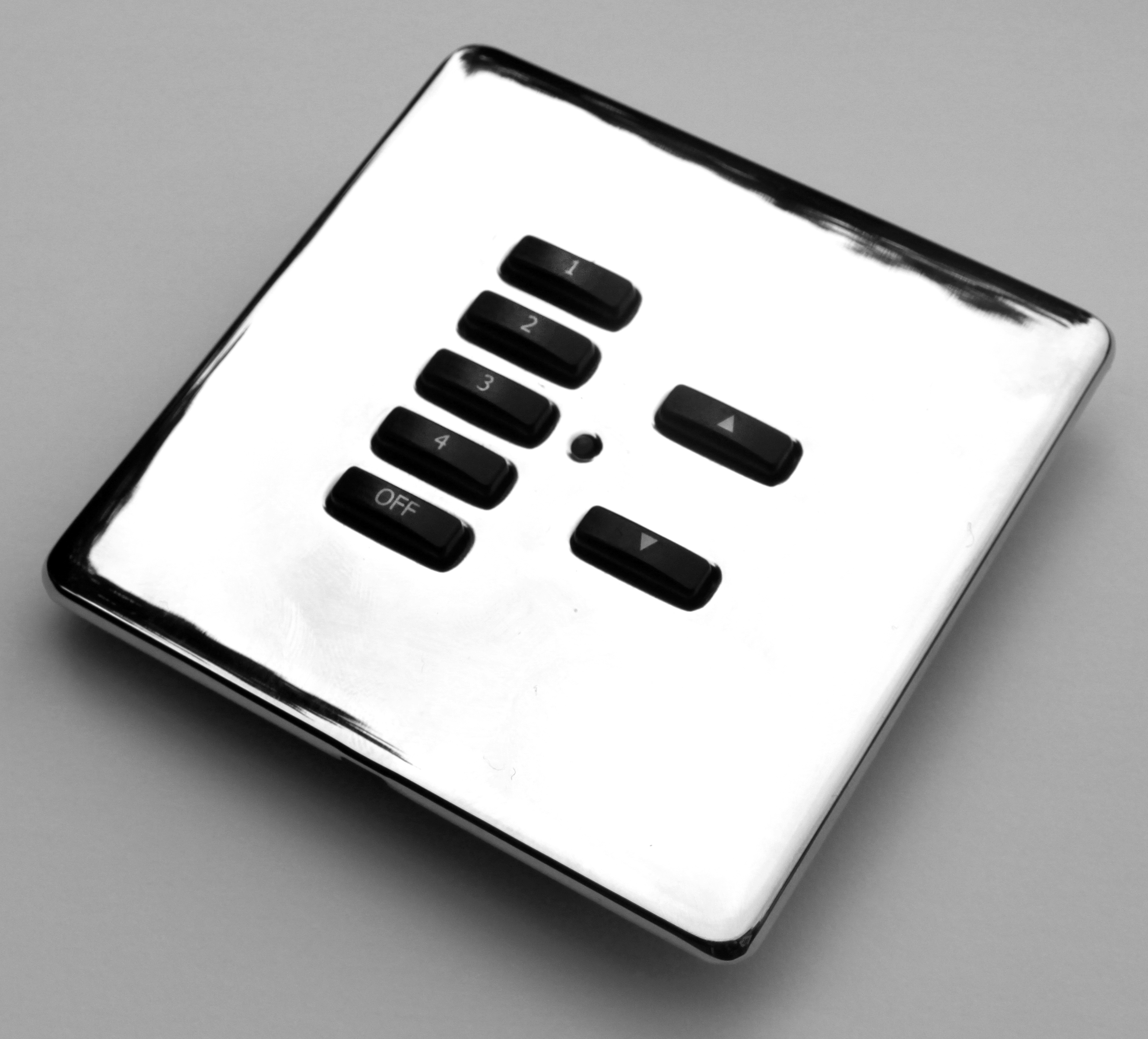With the Paralympics just around the corner, I thought now would be a good time to talk about accessible tech. With touch screens now the norm and tablets bringing a lot of older people on to the web, you might be forgiven for thinking that all of our tech is getting easier to use for everyone. While it is the case that a lot of tech is getting more friendly, it can come at a cost. With so many platforms and so many different ways to use the web, things like websites are changing so quickly that e-readers often can’t keep up. The new platforms open up the world to a lot of people, but can push out those with reduced sight and other disabilities. The move away from “tactile” buttons to touch screens has left the blind at a real disadvantage, with physical keyboard phones now being a relic of the past. That “click” was what made that phone ” accessible tech ” to some people, and now that the old blackberries have gone the way of the dodo, there isn’t really a button phone any more (that is until things like haptic displays become mainstream). In an increasingly visual world how do we help those with sight?
Accessible tech and alternatives for touch screens
Some of the tech we use in store really does want you to have a touch screen device. Things like system line and our Rako range both have apps that connect your phone, letting you control them remotely. This is a great feature that from experience I know people love, but if you can’t use a smart phone it’s a bit of an issue. However, both Rako and system line have a switch that can be wall mounted, this allows you to use a range of pre-made setting, having them available at the press of a button rather than swipe of a screen. This seems like a minor thing for most people who buy these systems, but it can be a game changer for people who can’t access smart devices but still want some of the things they can offer. For those who use e-readers and other assistive tech our “home automation” software has a few key features that could help you take control of your home. One of the big selling points about our apps is the ability to switch off your lights from anywhere you have internet access. But for the blind these apps serves a second purpose, telling you if a light is on or off.  This seems like a basic thing, but even if you are able to see light as a partial blind person, you still may not be able to tell if a light is on or off in the middle of a bright day. Our Rako app can tell you if any connected smart lighting is on or off in your home, and our other apps like e-lan can let you connect all your smart devices, a big deal when so many devices rely on flashing lights and visual signals to tell you if they are on or off. Now this is just a very brief look at a very small area of accessible tech , if you want to learn more I’d heartily recommend “design meets disability” by Graham Pullin. It’s an amazing read that really looks at every aspect of how we view disability and how that impacts the technology we create. But I still hope this post has made you think about touch screens, it might even get you thinking about the other things you use every day and how they would work for those with a disability.
This seems like a basic thing, but even if you are able to see light as a partial blind person, you still may not be able to tell if a light is on or off in the middle of a bright day. Our Rako app can tell you if any connected smart lighting is on or off in your home, and our other apps like e-lan can let you connect all your smart devices, a big deal when so many devices rely on flashing lights and visual signals to tell you if they are on or off. Now this is just a very brief look at a very small area of accessible tech , if you want to learn more I’d heartily recommend “design meets disability” by Graham Pullin. It’s an amazing read that really looks at every aspect of how we view disability and how that impacts the technology we create. But I still hope this post has made you think about touch screens, it might even get you thinking about the other things you use every day and how they would work for those with a disability.